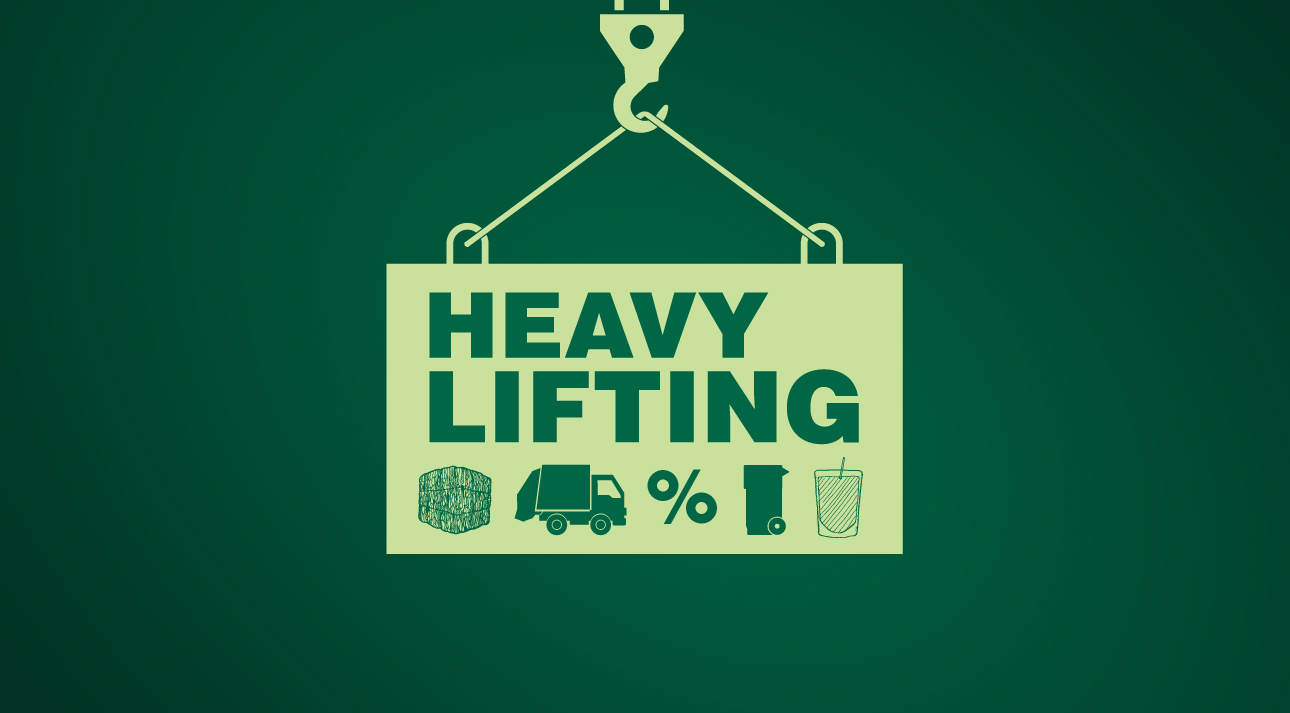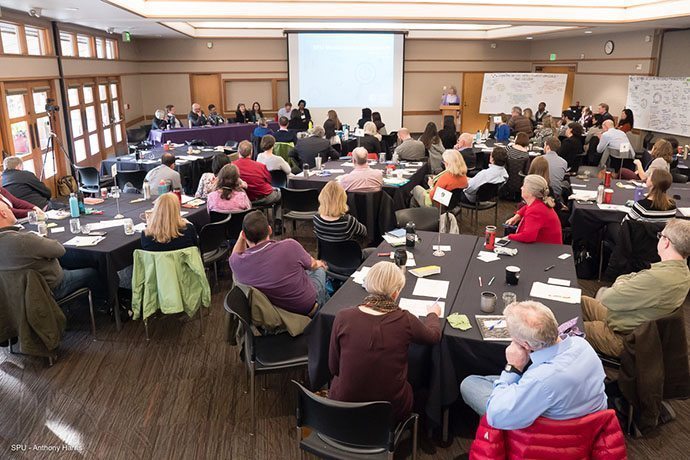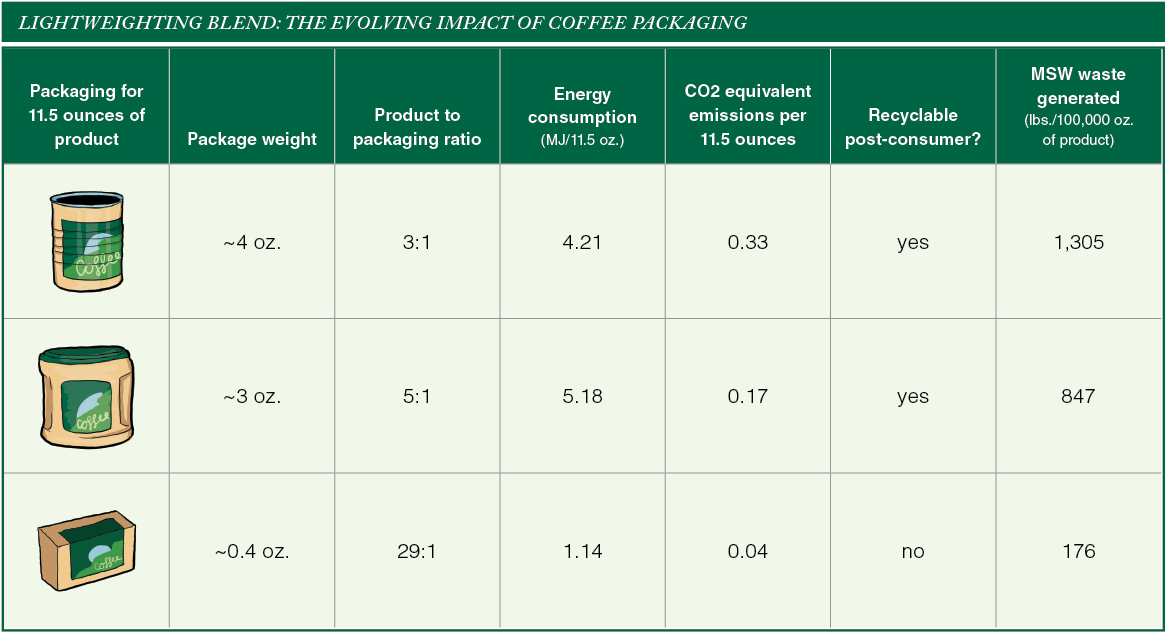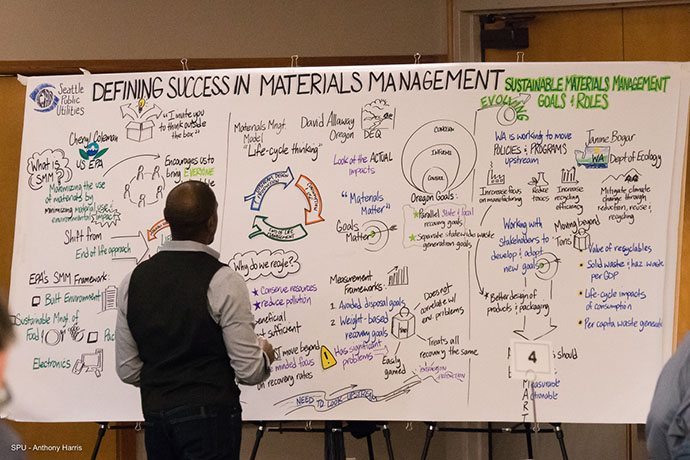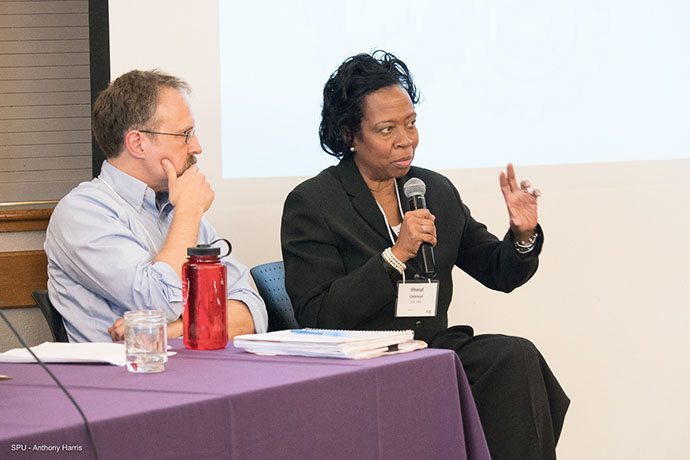Nevertheless, a number of stakeholders are trying to find ways to create a harmonious relationship between program measurement and SMM.
Publicly traded Waste Management has developed a project called Spectrum to try to calculate how much bang for their buck municipalities and others can get through different waste diversion considerations.
At the symposium, the company’s senior public affairs director, Susan Robinson, gave the example of a hotel client that was looking for strategies to reduce food waste sent to landfill. Waste Management came back to the company with calculations showing that by focusing only on the “end of the pipe” and setting up an organics collection program with no upstream alterations, greenhouse gas benefits would be low but costs would be high.
Waste Management planners were using a form of SMM thinking, but they were expressing it in black and white financial terms.
“That was enough for them to get it,” noted Robinson, who is also part of an industry partnership called the Sustainable Materials Management Coalition. “They went off and found ways to reduce.”
Robinson and several symposium speakers also suggested that communities could potentially put greater emphasis on their per capita generation rate. That number shows the total waste output for each resident of a jurisdiction, and it could be a good marker of how efforts in product design, policy and consumer choice work together to affect the waste stream.
“A generation goal at least lets you move upstream,” Allaway said.
Allaway noted the Oregon DEQ considered completely eliminating weight-based recovery goals. “Our partners weren’t ready for it,” he said. “That’s OK.”
However, in 2015, Oregon passed Senate Bill 263, which requires DEQ to develop a method of setting recovery rate goals for local jurisdictions in terms of energy savings and allows DEQ to also set goals in terms of other environmental impacts. Such targets would exist in parallel with current weight-based targets.
“Impacts matter more than weight,” said DEQ analyst Martin Brown, “so we are evaluating materials in terms of impacts.”
Brown is behind a DEQ project designed to do that. IMFO (Impacts of Materials Flows in Oregon) is a calculator that aims to let local leaders project the outcomes of diverse materials management strategies.
Brown gave the example of assessing strategies around food waste to find out what the best course of action would be to lower freshwater consumption. A user could use IMFO to determine through data whether it would be more impactful to divert all food waste to compost or to reduce food waste in the first place.
IMFO is a few years away from implementation, Brown and Allaway said. When it does come into use, it will be an alternative to WARM, the U.S. EPA’s own impact calculator. Among other things, IMFO will give users a novel option: estimating the impacts of materials that don’t immediately hit the waste stream.
“For example, the impacts of aluminum include impacts from both soda cans and screen doors, but there aren’t many screen doors in the waste stream,” Brown said. “They get put on houses and stay there. The doors still have production impacts, though, and a true SMM view includes them.”
Impact-based measurements are DEQ’s priority. But for managers who insist on weight-based metrics, Brown suggested replacing recycling rates with what he called “mass circularity.” A mass circularity rate would show the amount of a material recycled divided by the total demand for that material, and the demand number would take into account all uses for a material in a given jurisdiction.
“I acknowledge it’s more work to do this stuff,” said Brown. “But it’s also liberating. When you widen your perspective, you can think of more things you can do to help the world, instead of just increasing recycling.”


